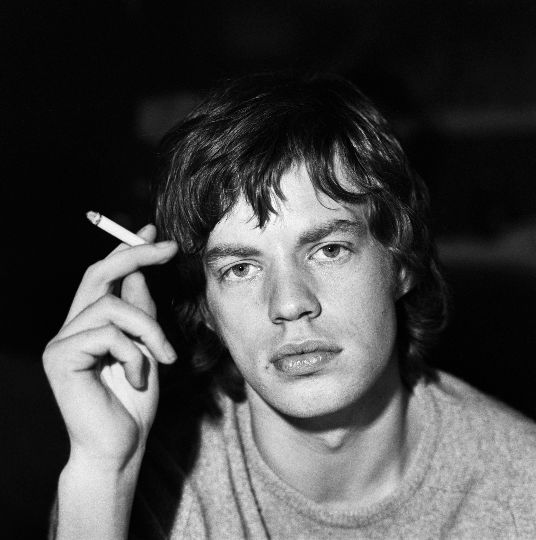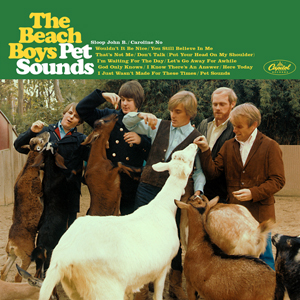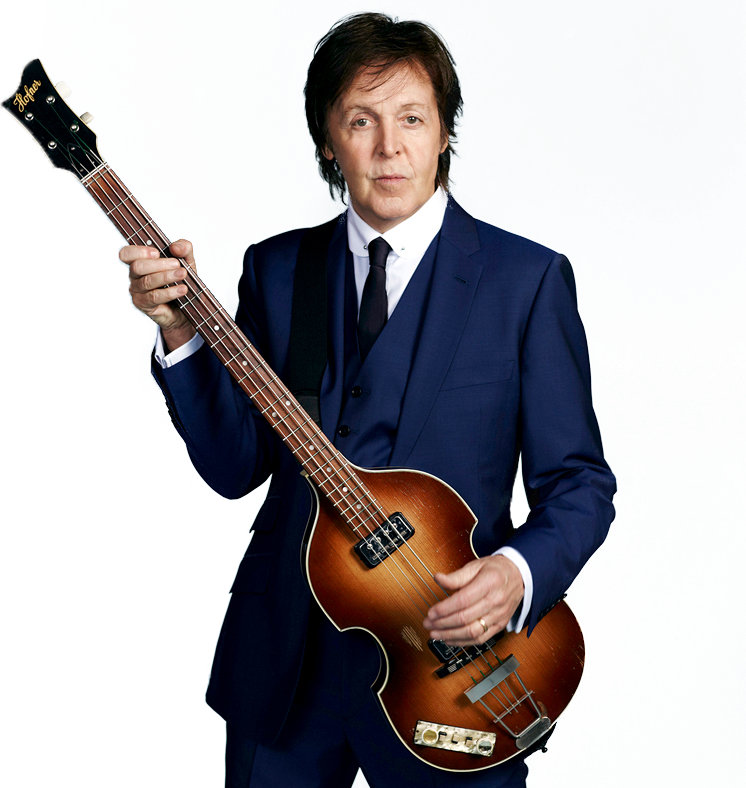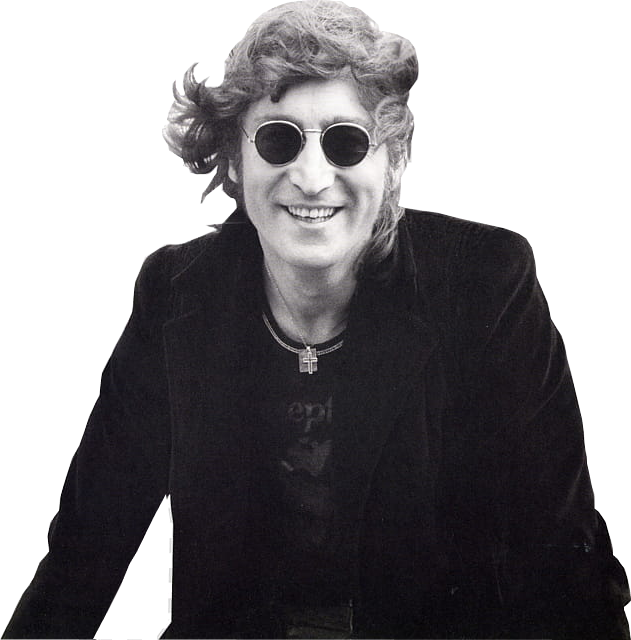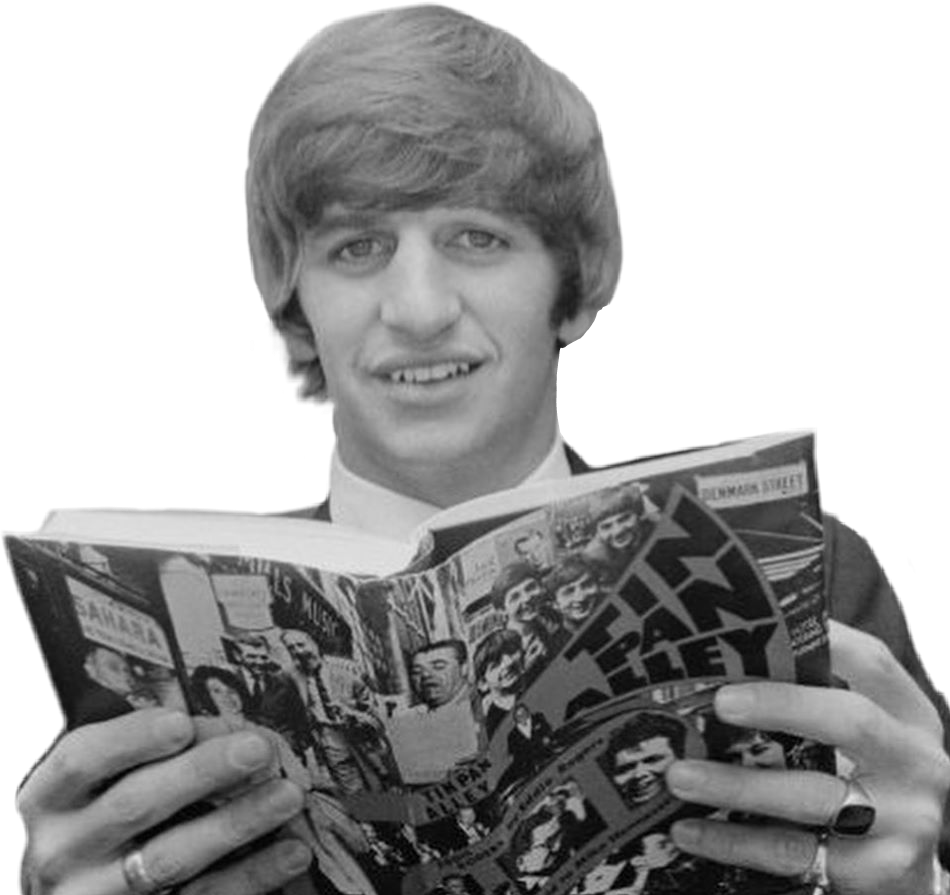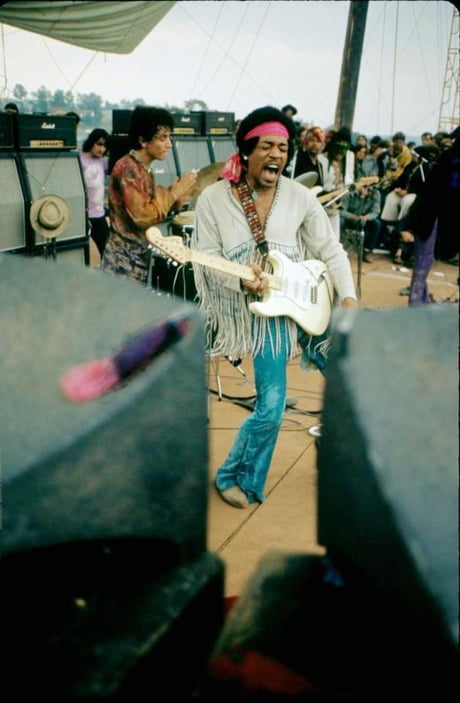Losing Traction
The lack of experience that of independent mid 50's rock and roll labels became evident when the first wave of rock and roll excitement died down. By the early 1960's, music publishers specializing in mass production of teen pop dominated American. The industry was now marketing singers as the ideal boyfriend for the typical suburban teenage girl. Although this era of "bubblegum music" gave rise to voices such as Paul Anka and Neil Sedaka, the music had lost it's edge when compared to the early antics of Elvis and Little Richard. The new generation was ready for someone to take the spotlight of popular music. Enter four British lads with mop-tops and music would never be the same again.
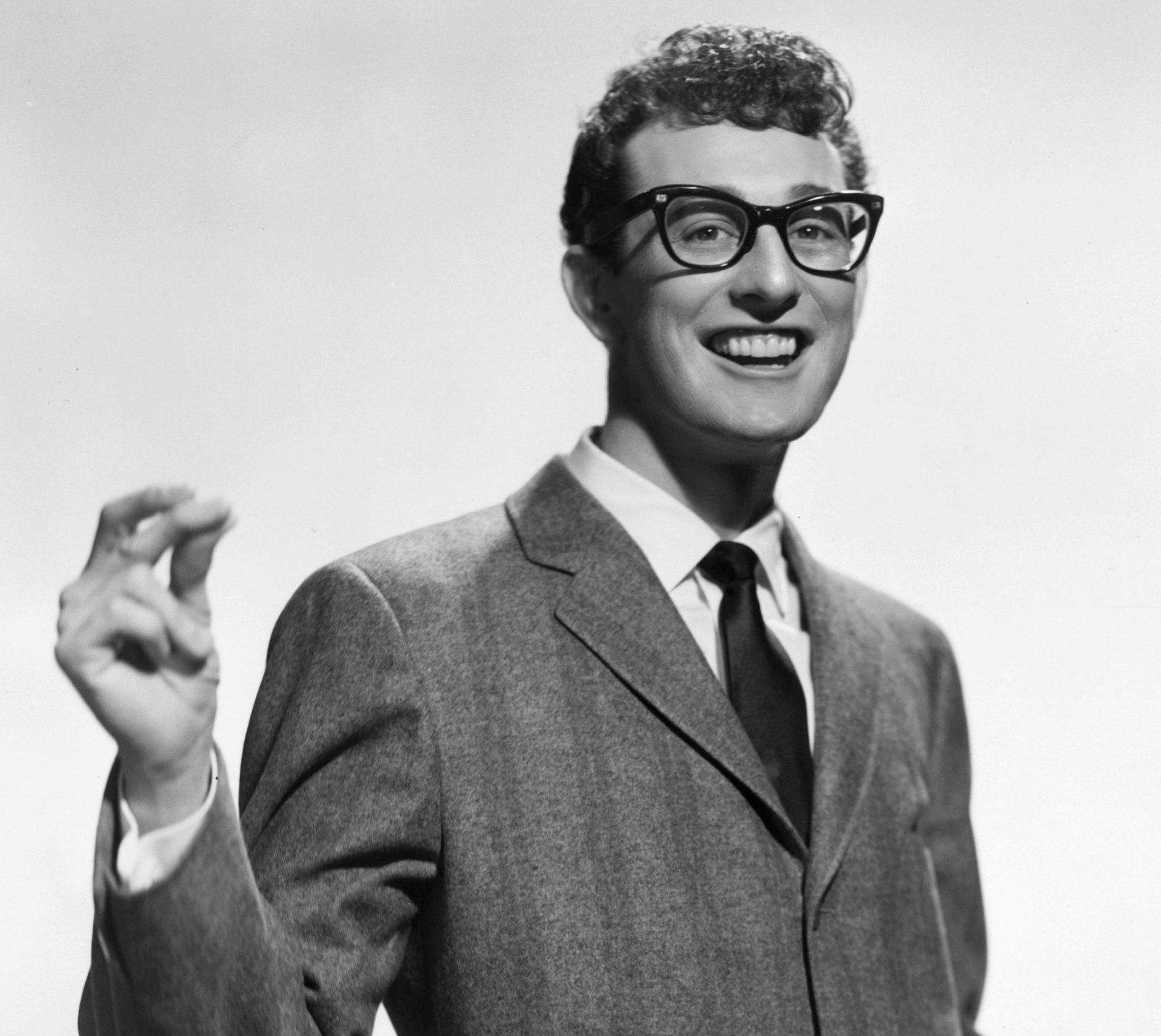
Buddy Holly, who in 1959 died in a plane crash, the day known as "The Day the Music Died" (Public Domain)

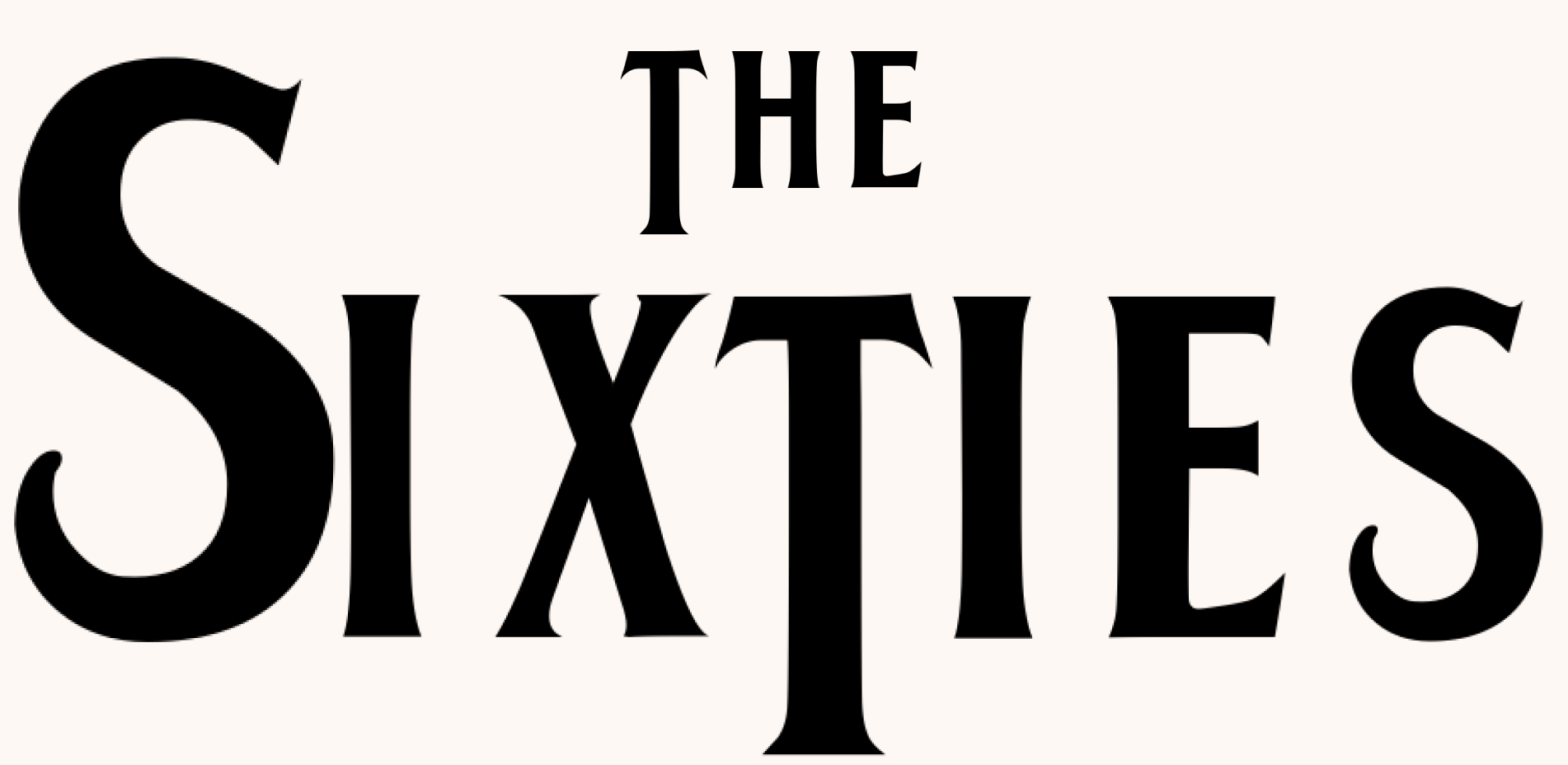
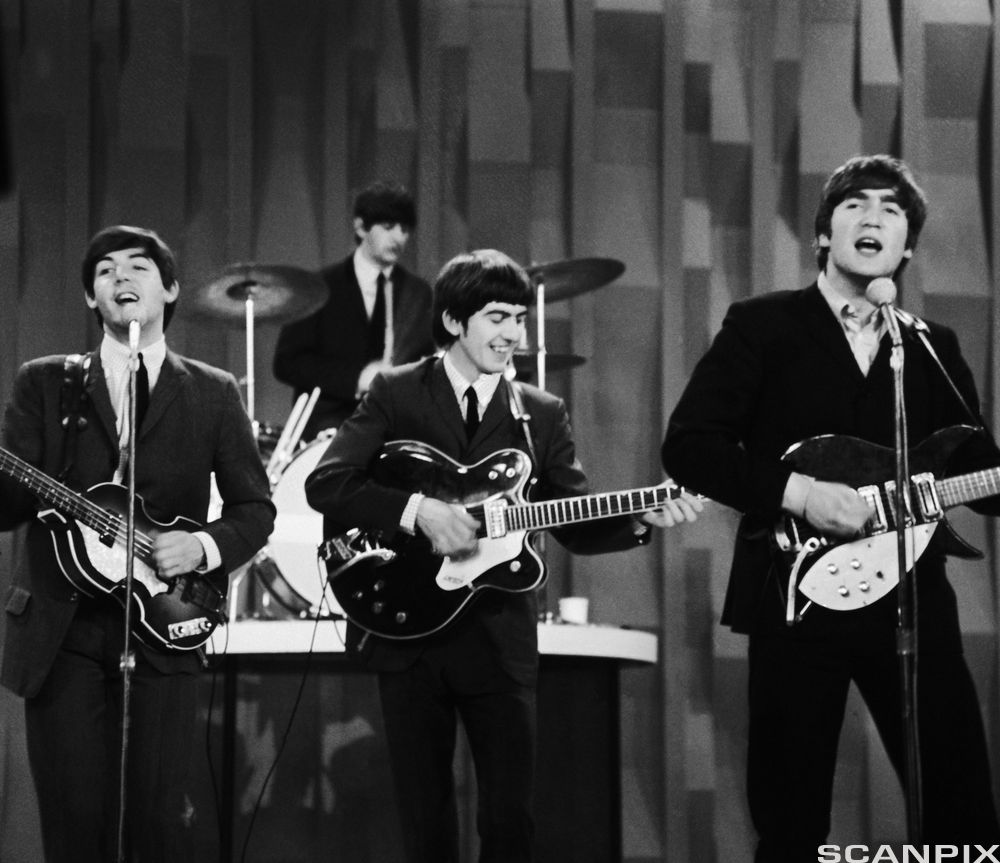
 The Rolling Stones - (I Can't Get No) Satisfaction
The Rolling Stones - (I Can't Get No) Satisfaction
